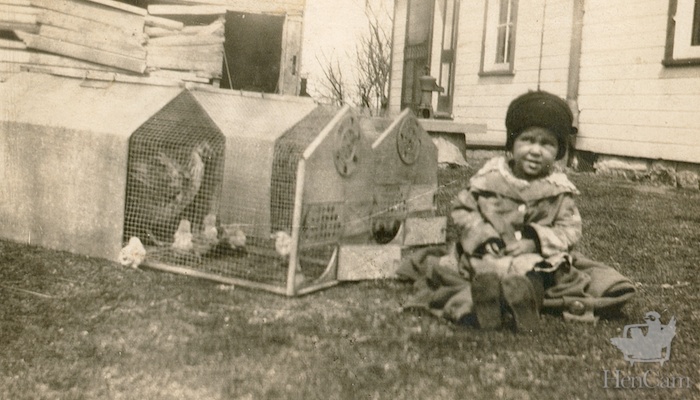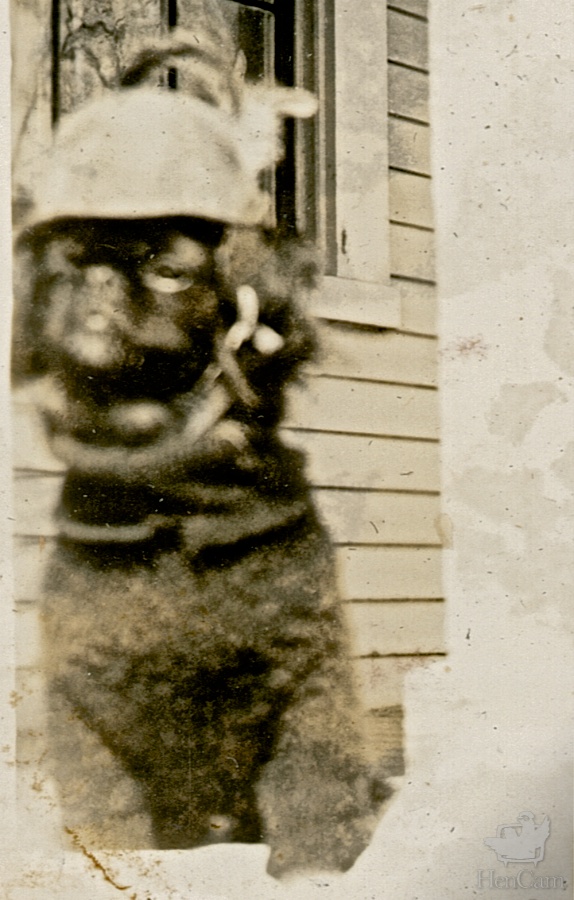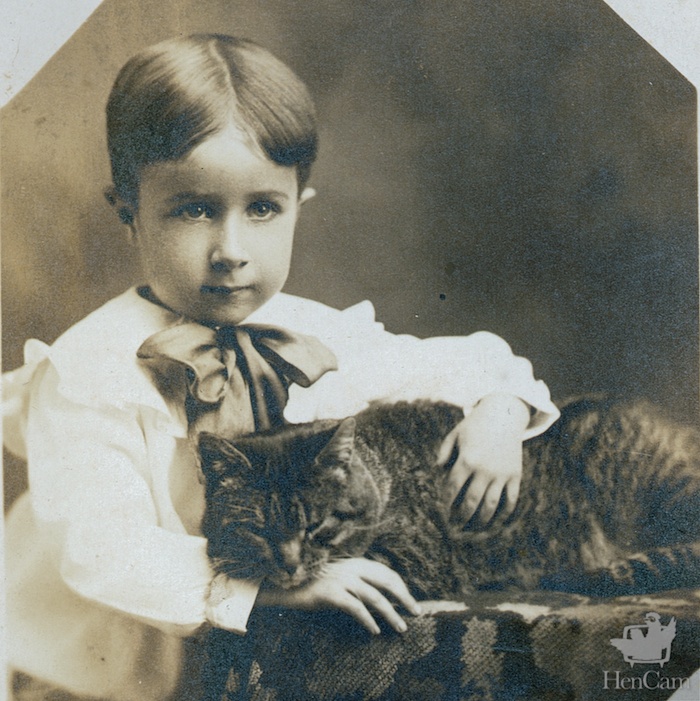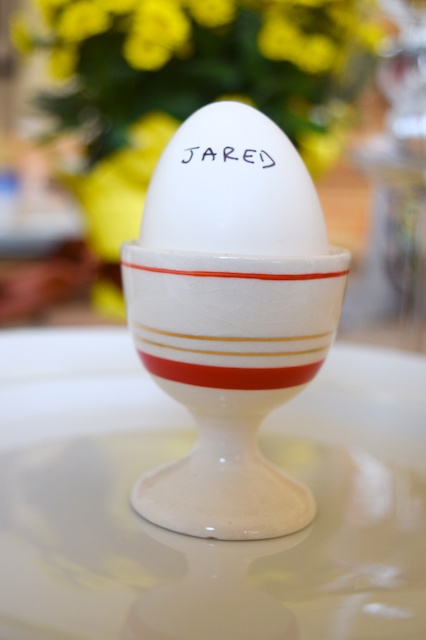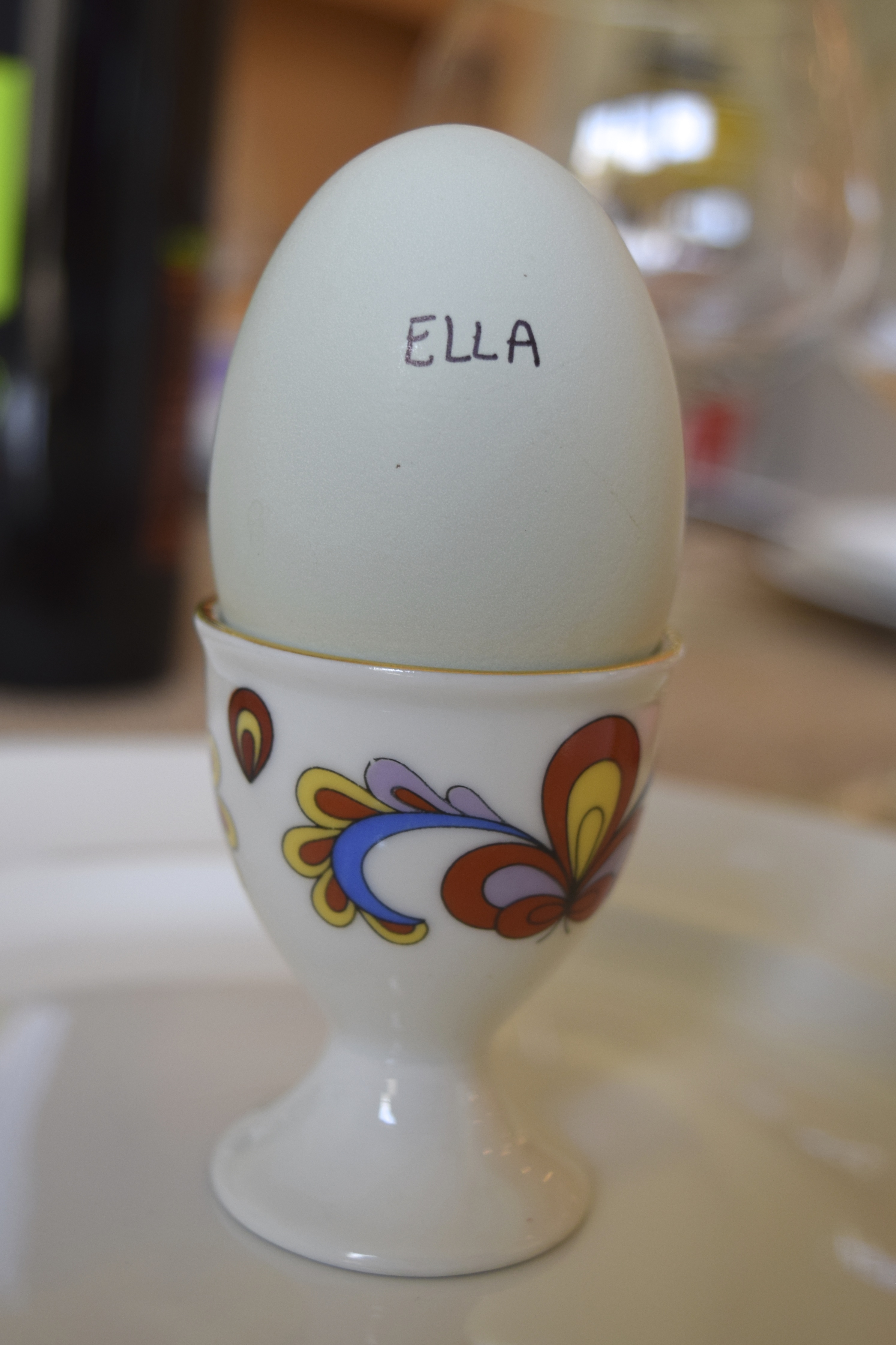It’s chick season and a lot of you have fluffy ones on order. Some of you are being a bit more spontaneous and are scooping up chicks that you see peeping away at the feed store (hard to resist!) If you already have a flock, you can’t just add the chicks to the group. They need to be kept in a brooder, where the temperature starts out at over 90 degrees, there are no drafts, and appropriate food and water is right at hand. But, even more importantly than that, the chicks need to be kept safe from the older girls. The hens, unlike you, don’t say, Babies, how cute! Rather, they’ll yell, Intruders! Get them! So, you’ll need a brooder and separate housing for your new birds until they are fully feathered out and can be integrated into the flock (for more about that see this post, and then this one.)
Perhaps you have a broody hen, and you think, Finally! I can put her to use! The idea is that you tuck the day-old chicks under her at night, she wakes up, sees that she’s a mother, and sallies forth to care of her babies. No heat lamp needed. This is actually a great idea if the hen is seriously broody and if you have separate housing for her. Even the most protective mama hen can’t keep her chicks safe from an angry flock. What you’ll need is a broody coop. My vintage chicken keeping manuals are full of designs for them.
Often, this is how farmers raised all of their chicks. The hens were kept apart and the chicks (under the guidance of a young farmer, as seen below) could forage and mingle.
Sadly, I see many prefab coops on the market that are based on this design and being sold as housing for adult, urban flocks. These are not appropriate for anything other than sheltering the hen and chicks for the first month. For more about coop design, see this FAQ, and go to my Pinterest page where you’ll find some examples of good small coops.
I’ve always wanted to tuck chicks under a broody hen, but my broodies always, right before the chicks arrive, snap out of it and foil my plans. Have you had any success? Tell me!
